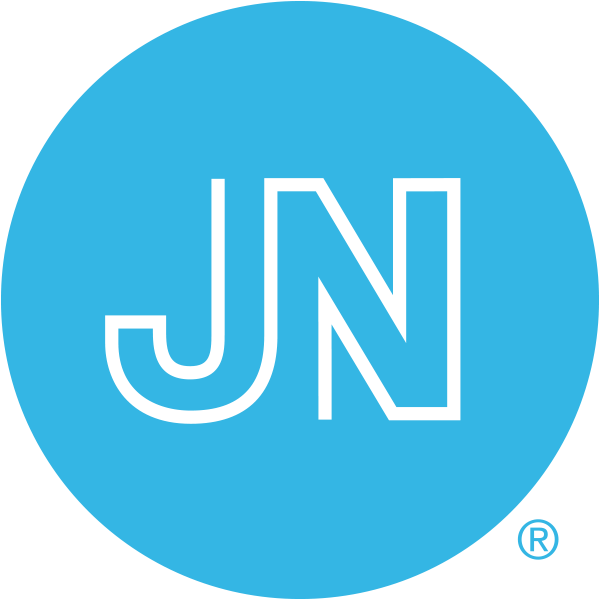|
Medicine RSS-Feeds by Alexandros G. Sfakianakis,Anapafseos 5 Agios Nikolaos 72100 Crete Greece,00302841026182,00306932607174,alsfakia@gmail.com
Πληροφορίες
Πέμπτη 28 Ιανουαρίου 2021
Transoral robotic submandibular gland transposition to reconstruct radical tonsillar resection defects
Dynamic facial reanimation using active implantable prosthesis: restoring blink
|
A novel approach to the Basophil Activation Test for characterizing peanut allergic patients in the clinical setting
|
Annular Flow in the Upper Esophageal Sphincter Demonstrated with Dynamic 320-row Area Detector Computed Tomography
|
Primary diffuse large B-cell lymphoma of the major salivary glands: Increasing incidence and survival
|
Why Clinicians Choose Their Language Intervention Approach: An International Perspective on Intervention for Children with Developmental Language Disorder
|
Biomarkers in atopic dermatitis - a review on behalf of the international eczema council
|
Skin-resident natural killer T cells participate to cutaneous allergic inflammation in atopic dermatitis
|
Acute Laryngeal Injury After Intubation
|
Early Intervention for the Treatment of Acute Laryngeal Injury After Intubation
|
De Novo vs Inverted Papilloma–Associated Sinonasal Squamous Cell Carcinoma Survival Outcomes
|
Prevalence of anemia among patients with solid cancers at diagnosis
|
Αρχειοθήκη ιστολογίου
-
►
2023
(366)
- ► Φεβρουαρίου (184)
- ► Ιανουαρίου (182)
-
►
2022
(2814)
- ► Δεκεμβρίου (182)
- ► Σεπτεμβρίου (213)
- ► Φεβρουαρίου (264)
- ► Ιανουαρίου (262)
-
▼
2021
(3815)
- ► Δεκεμβρίου (229)
- ► Σεπτεμβρίου (276)
- ► Φεβρουαρίου (64)
-
▼
Ιανουαρίου
(344)
-
▼
Ιαν 28
(15)
- Transoral robotic submandibular gland transpositio...
- Dynamic facial reanimation using active implantabl...
- A novel approach to the Basophil Activation Test f...
- Annular Flow in the Upper Esophageal Sphincter Dem...
- Primary diffuse large B-cell lymphoma of the major...
- Why Clinicians Choose Their Language Intervention ...
- Biomarkers in atopic dermatitis - a review on beha...
- Skin-resident natural killer T cells participate t...
- Acute Laryngeal Injury After Intubation
- Early Intervention for the Treatment of Acute Lary...
- De Novo vs Inverted Papilloma–Associated Sinonasal...
- Prevalence of anemia among patients with solid can...
- The Possible Role of Sclerostin in the Pathogenesi...
- Stem Cells and Gene Therapy in Progressive Hearing...
- 5 things to know about capnography and respiratory...
-
▼
Ιαν 28
(15)
-
►
2020
(5754)
- ► Δεκεμβρίου (401)
- ► Σεπτεμβρίου (365)
- ► Φεβρουαρίου (754)
- ► Ιανουαρίου (894)
-
►
2019
(146)
- ► Δεκεμβρίου (19)
- ► Σεπτεμβρίου (54)









